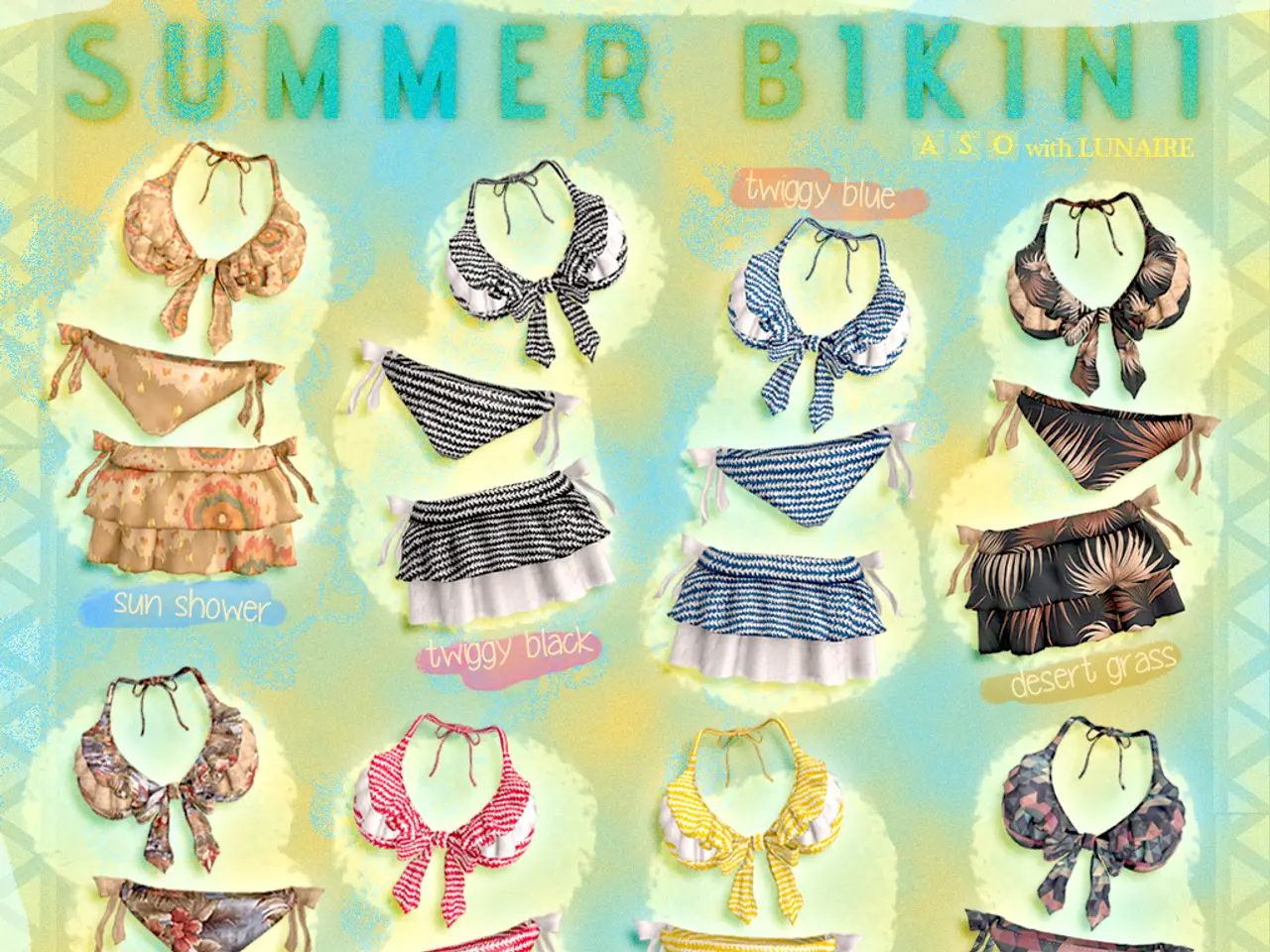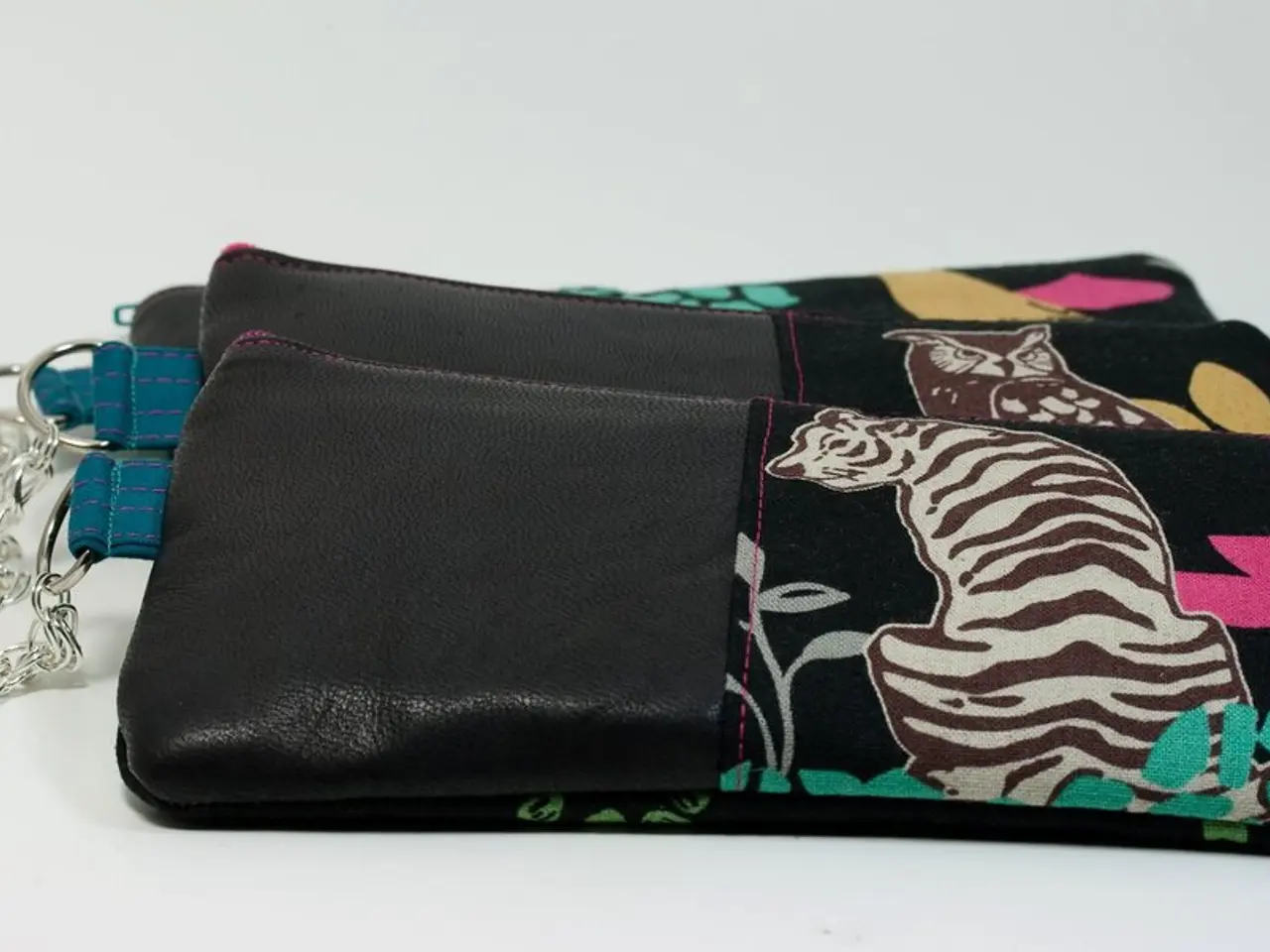Developing Your Personal Underwear Brand: A Guide from Concept to Market
Starting a private label underwear line can be an exciting venture, and with the right approach, it can lead to a profitable business. This guide will take you through the key steps to turn your ideas into a market-ready product, from initial sketches to final production.
1. Conduct Market Research and Define Your Brand
Identify your target audience and their needs or desires. This could range from men, women, or niche groups. Analyze competitors and market trends to find gaps or opportunities, such as sustainability or specialized fits. Define your brand identity and tone that resonates with your audience.
2. Create a Detailed Business Plan
Outline your goals, product line scope, pricing model, marketing strategies, and startup costs. Set up your legal business structure and obtain any necessary permits or licenses to operate legally.
3. Design Your Product Line
Develop initial designs or choose from a manufacturer’s catalog to create your first collection. Prepare detailed tech packs outlining fabric selection, measurements, stitching, and other specifics for manufacturing. Focus on unique features like fabric types, cuts, colours, and comfort details that address customer needs.
4. Find a Reliable Manufacturing Partner
Choose between OEM (you provide full design specs) or ODM (customize existing designs) production models depending on your design capabilities and budget. Evaluate manufacturers on experience with underwear, quality control processes, minimum order quantities (MOQs), ethical practices, and communication quality. Request product samples to assess quality before committing to large orders.
5. Branding and Packaging
Add your logo and brand elements to tags, labels, packaging, and unboxing materials to create a cohesive brand experience. Invest in professional lifestyle photography and compelling product descriptions highlighting your unique selling points.
6. Set Up Sales Channels and Launch
Build an e-commerce website that is mobile-friendly and easy to navigate, including detailed sizing guides tailored to underwear fit. Start with a focused SKU range and leverage social media marketing, influencer partnerships, and targeted ads to build initial customer traction.
7. Ongoing Marketing and Growth
Continuously analyze customer reviews and competitor feedback to address pain points and differentiate your products. Expand marketing efforts through content creation, email marketing, and potential wholesale or pop-up shop opportunities.
These steps ensure a well-researched, thoughtfully designed, ethically produced, and effectively marketed underwear line that stands out in a competitive market. Look for a manufacturer with low MOQs, especially if you are just starting out. A seasoned B2B manufacturing partner can help prevent delays and subpar production through quality control criteria.
Now is an ideal time to create an underwear line if you have ever considered it. The industry offers a variety of creative gender-neutral designs and environmentally friendly textiles. Many business people are creating private label lines for comfort, sustainability, and design. Using warehousing services can be beneficial for startups aiming to grow without making major infrastructure investment. Tools like Google Trends and rival analysis can help you understand demand and trends in the market.
- To ensure customer satisfaction, devote time to understanding financial projections and cost analysis, considering factors like production costs, material expenses, and marketing budgets.
- Aim to establish competitive turnaround times by setting realistic deadlines with your manufacturing partner, facilitating timely delivery and keeping customers happy.
- Pursue the entrepreneurship route in fashion-and-beauty by focusing on upholding high-quality standards and ethical practices throughout the process, promoting your business as a small-business with a strong commitment to integrity.
- Develop a long-term strategy for careers in the underwear industry by diversifying product lines based on market trends and consumer demand, continually evolving to meet changing lifestyles and preferences.
- Network and collaborate with other businesses in the lifestyle sector to expand opportunities and create collaborative collections, potentially tapping into new markets and target audiences.




